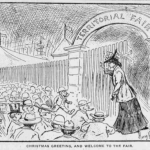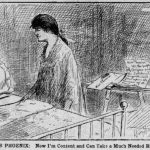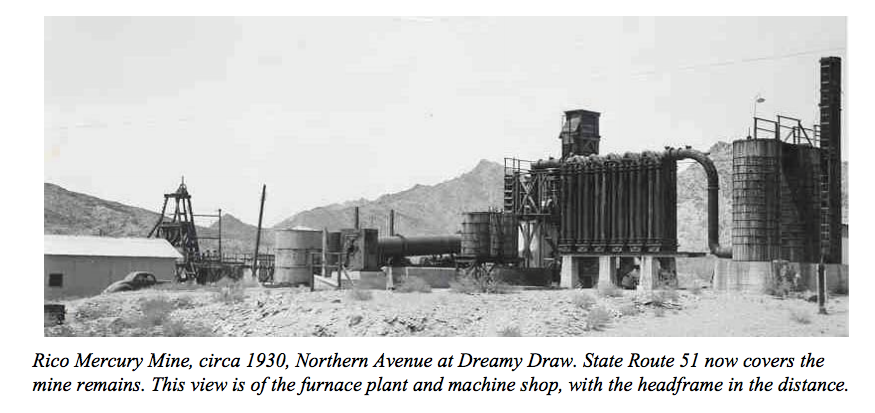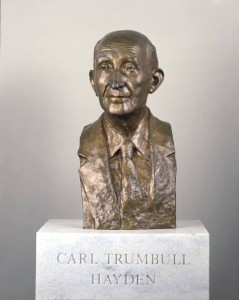- A cartoon published on the frontpage of the December 25th, 1905 Arizona Republican shows Miss Phoenix proudly welcoming fairgoers to the new Territorial Fairgrounds.
- A cartoon printed on the frontpage of the December 31st, 1905 Arizona Republican showing a tired but proud Miss Phoenix preparing for a well-deserved rest after a successful Territorial Fair.
The Arizona State Fair, which opened on October 11th and will run through November 3rd, has been held at its present location since December of 1905, when the celebration was known as the Arizona Territorial Fair in recognition of the soon-to-be state’s legal status within the Union. Initially staged in 1884 on land adjacent to the Salt River, the fair was forced into hiatus following the then undammed river’s catastrophic 1891 flood. By mid-1905, a group Arizona civic leaders hoping to resume fair activities organized the Arizona Territorial Fair Association. This entity paid $9,200 for eighty acres of land at what the Los Angeles Times reported to be “an especially good” location with the intent of providing a new home for the displaced fair.
The relocation and return of the multi-day gathering of Arizonans and out-of-state visitors proved tremendously successful, with the Arizona Republican newspaper proclaiming the undertaking to have “opened most auspiciously” and closed in “a brilliant finish.” The illustrations below bookended the Republican’s coverage of the 1905 affair. The top drawing shows Miss Phoenix welcoming a large and eager crowd to the Arizona Territorial Fair, while the bottom image depicts Miss Phoenix preparing for bed upon the event’s closing, with a caption declaring, “Now I’m content and can take a much needed rest.” The letter shown on the table in the bottom piece is addressed to Miss Phoenix and reads, “Miss Phoenix: We, the people of Arizona and the Southwest, congratulate you upon the success of the fair.”




